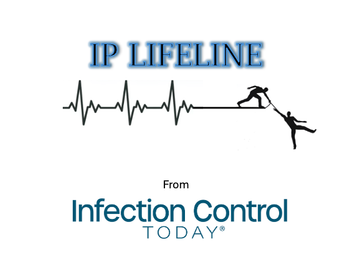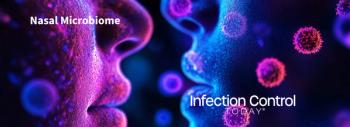
'Hormone Therapy' for Food Poisoning Bacteria
Pathogenic bacteria in the gut recognize their surroundings by detecting hormone signals from the host, which can prompt them to express lethal toxins. Intercepting these hormonal messages could be a better way to treat serious foodborne infections where antibiotics do more harm than good, explains Vanessa Sperandio speaking at the Society for General Microbiology's spring meeting in Edinburgh today.
Gut bacteria, including harmful strains of Escherichia coli and Salmonella that cause food poisoning, detect and respond to adrenaline released by the host, through a sensor called QseC embedded in the bacterial surface. When adrenaline binds to QseC, it is like toppling the first tile of a complex domino arrangement – it triggers a chain of events that can ultimately result in the production of toxins.
Sperandio's group at the University of Texas Southwestern Medical Center have identified a molecule, called LED209, which stops adrenaline binding to QseC. Blocking binding prevents the signaling events inside the bacterium, reducing toxin production and also hindering bacteria from attaching effectively to the epithelial cells that line the gut. When given orally to infected mice, LED209 was found to reduce the number of gut-colonizing Salmonella.
The discovery could represent the first of a novel class of antimicrobial agents. "QseC is a very attractive drug target because it is present in at least 25 important animal and plant pathogens but not in mammals. This means that drugs targeting this sensor are less likely to be toxic and have the potential to be broad-spectrum (effective against several types of infection)."
Alternative treatments are needed for pathogenic E. coli and Salmonella infections, as antibiotic treatment can make the illness worse, explained Sperandio. "Conventional antibiotics can trigger the SOS response in bacteria that actually enhances virulence. LED209, unlike antibiotics, does not kill or hinder E. coli growth and consequently does not promote expression of shiga toxin - which is the bacterium's defense mechanism. Instead, LED209 decreases expression of genes that encode this toxin," she said. "What is more, because this signaling system does not directly influence bacterial growth, inhibiting it may not exert a strong selective pressure for the development of resistance."
Newsletter
Stay prepared and protected with Infection Control Today's newsletter, delivering essential updates, best practices, and expert insights for infection preventionists.






